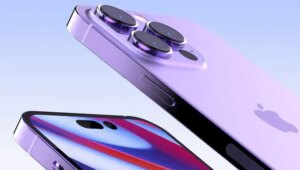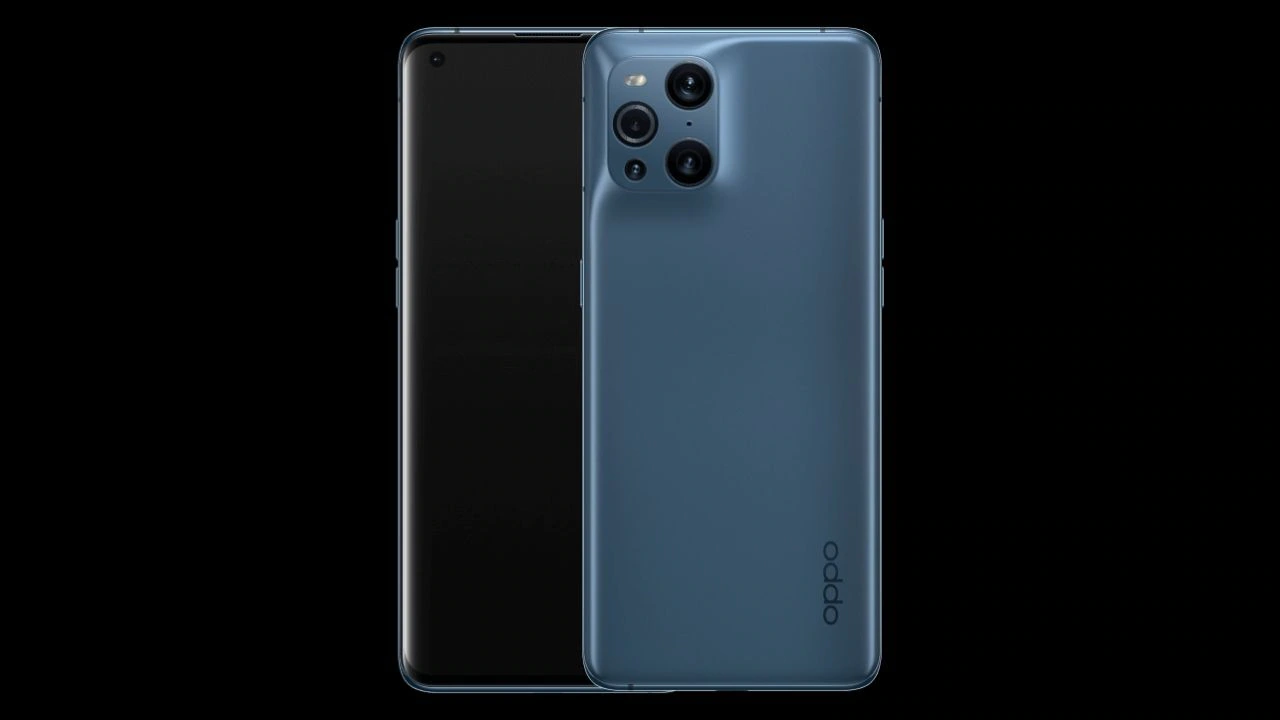Mehul DasMay 27, 2022 17:53:33 IST
Every photography nerd worth their salt, has imagined what it must be like to shoot with a Hasselblad or a Leica. Even seasoned professionals can’t help but lust after the engineering marvels that the boffins at Hasselblad and Leica make.
The legacy that these camera brands have is simply unmatched. No matter how great a camera brands like Sony, Canon, or Nikon make, they will never come close to the stature that Hasselblad and Leica have. In fact, this is exactly what the situation is right now.
Sony, Canon, Nikon and Fujifilm make some of the most technologically advanced cameras that are great to shoot photos as well as videos. So good is the picture quality of some of the cameras made by these brands that they have been used in feature films and documentaries. Sure, they do not compare to the Arri or Red cameras, but they are pretty close.
Hasselblad and Leica on the other hand, don’t have cameras that can shoot videos nearly as well as your latest Sony A7s, Nikon Z9 or Canon R3. And yet, people are more than willing to shell out up to 10 times more money to get a Leica or a Hasselblad.
The cheapest Hasselblad that money can buy is the X1D II 50C mirrorless medium format, which goes for about $5,750 or just over Rs 4.5 Lakhs, for the body only. That means you will need to shell out another $2,000 Rs 2-4 Lakhs for a compatible lens. At a minimum, you’re looking to spend at least Rs 6-8 Lakhs. And that’s not even their current best selling camera. That will have to be the H6D-100c, which starts at $32,000, or roughly Rs 28 Lakhs, again, just for the body. Add in a couple of lenses, and you’re looking to spend about Rs 35-40 Lakhs easily.
Leica has a similar story. So why do people spend so much on these cameras and lenses, when clearly there are many cameras that offer “better value for money?”
Resolution and Detail
Although the resolution of a sensor is not the absolute parametre to judge a camera, it does matter especially when you’re working professionally. A Hasselblad like the H6D-100C comes with a 100MP medium format sensor medium, which is bigger than that of a full frame sensor that is normally found on high-end Sony, Canon and Nikon Cameras. Hasselblad even has a camera with a 400MP sensor. Similarly, Leica’s current most popular selling camera, the M11, has a resolution of 60MPs.
And mind you, these are bigger pixels, than what is used in most consumer cameras, so the quality of each pixel is anyway much better. Furthermore, unlike most consumer grade entry level cameras and smartphone cameras, Hasselblad and Leica don’t use pixel binning. Pixel binning is a practice where smartphones take the average value of 8-16 pixels, and count it as one. What this allows them to do, is to come up with resolutions like 100MP or 200MP which looks great for the marketing team, but actually, outputs an image that is close to a more manageable 12MP. Simply put, Hasselblad and Leica don’t need to bin pixels. In fact, because Hasselblads use 120MM sensors, they are better than Leica in that sense.
The lenses
Hasselblad, Leica and Zeiss make some of the best lenses in the world. These legacy brands make some of the sharpest and most colour accurate lenses. No matter how great a sensor you put inside a camera, if it is not being used with a good lens, the resolution, the dynamic range, everything falls flat. Scientists often use lenses from these manufacturers for astrophotography, as well as to shoot images of flora and fauna to catalogue them.
In fact, a number of space research organisations, develop camera modules and sensors to be sent into space after spending millions of dollars and use standard, commercially available lenses from Zeiss, Leica and Hasselblad.
Dynamic range
One of the biggest criteria that either makes or breaks a camera is the dynamic range. Hasselblads and Leicas have some of the best dynamic range among all brands of cameras. What this allows them to do to is accurately capture the tiniest of details in the brightest as well as darkest portions in a single photograph, without having to expose the same frame, twice, or composite two different frames. This, combined with the unbelievably high resolution of its sensors, means that anyone who shoots on these cameras can get a hoarding printed straight from the camera, without the need to process it.
Colour science
Every camera brand develops its own colour science. To put it in very rudimentary terms, colour science is basically the process and the calculations used to record what a sensor sees. No camera sensor is actually able to replicate the exact colours of an object. Basically, no camera is ever able to capture the true, real life colours of an object. Even in humans, every pair of eyes has its own colour science. No two pairs of human eyes see the same shade of blue when they look at the sky. Hasselblad and Leica are no different. However, of all the camera makers in the world, they come the closest.
Durability
Hasselblads and Leicas are bult like a tank. Hasselblads have often been taken on space missions simply because of the wide range of hostile environments they can work in. In fact, all the images that we see from the first moon landing were taken using a Hasselblad. Neil Armstrong and Buzz Aldrin used a silver coloured HDC camera along with a Zeiss 60mm f5.6 lens.
Similarly, the Leica has been to the summit of mountains like K2 and has been taken on expeditions to Antarctica and Siberia, some of the coldest places on Earth. These cameras work perfectly well without a hiccup in situations where most electronic and mechanical items simply give up.
Quality control
Now, this may not seem like a very important aspect, but each Leica and Hasselblad camera is assembled by hand. Following that, each and every camera that is built is thoroughly tested for colour accuracy, sharpness and robustness. In a given year, both of these manufacturers can produce at the most 10,000 units. In comparison, Nikon produces 10,000 units of their best selling cameras every couple of days.
Leicas and Hasselblads may not be the most rounded cameras that are available on the market. There are far cheaper cameras that work wonders for most people, professionals included, that can also shoot great videos. But if you’re looking for a pure photography camera, if you want to understand what photography was always meant to be, you can’t choose anything other than a Leica or a Hasselblad.














